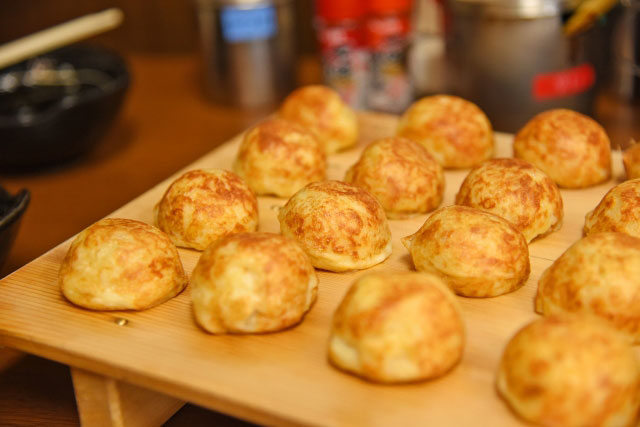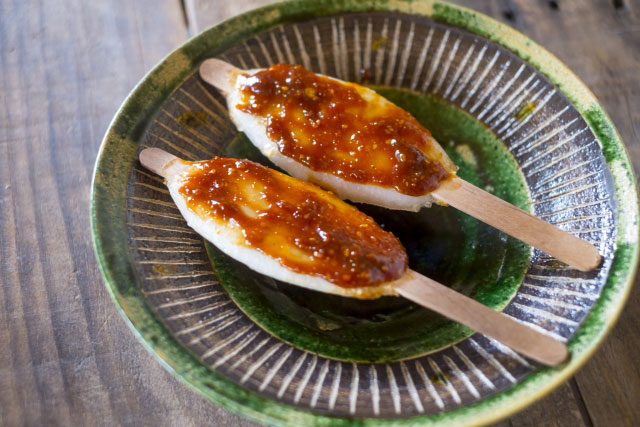Tag: onsen

A Food Lover’s Tour of Japan – Hyogo and Akashiyaki
Read more: A Food Lover’s Tour of Japan – Hyogo and AkashiyakiIn the western part of Japan’s Honshu Island, Hyogo Prefecture encapsulates the beauty and grandeur…
A Food Lover’s Tour of Japan – Hokkaido Prefecture with Rich, Savory Genghis Khan
Read more: A Food Lover’s Tour of Japan – Hokkaido Prefecture with Rich, Savory Genghis KhanWe’re exploring Hokkaido Prefecture this month on our Food Lover’s Tour! Hokkaido Prefecture is the…

A Food Lover’s Tour of Japan – Gifu Prefecture and Savory Gohei Mochi
Read more: A Food Lover’s Tour of Japan – Gifu Prefecture and Savory Gohei MochiOur Food Lover’s Tour continues this month in Gifu Prefecture, home of the famous gohei…
